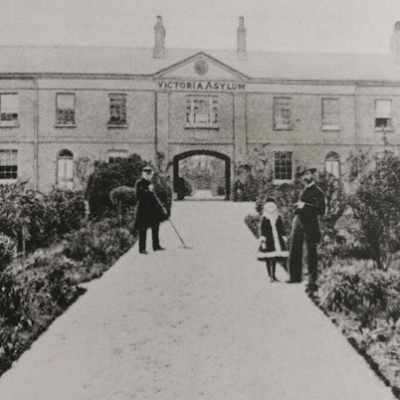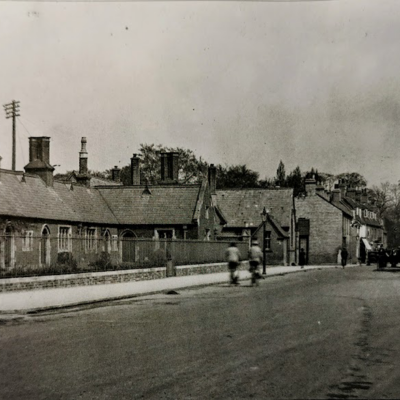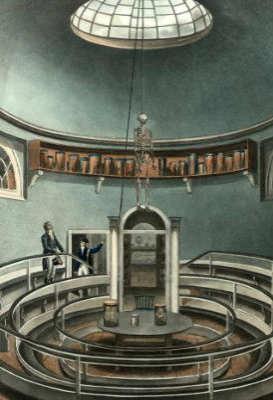Search by topic
- archaeology
- architecture
- bricklayer
- Building of Local Interest
- carpenter
- church
- crime
- dressmaker
- fire
- general labourer
- Great Eastern Railway
- listed building
- medieval
- oral history
- Public House
- Rattee & Kett
- Roman
- scholar
- school
- Then and Now
- tudor
- women
- work
- world war one
- world war two
Search by text
King’s College Almshouses, Queens’ Lane
History of King's College Almshouses, Queen's Lane
These are described in the 1831 New Guide to Cambridge.
‘They have been recently rebuilt in a plain substantial manner, and are for four poor women, who daily receive from King’s College the remains of the commons from the Bursars’, and part from the Scholars’ tables. In the absence of the Scholars, during the long vacation, they have a joint of meat in turn. They have also each four bushels of coals at Christmas, and 10s each per quarter, exclusive of part of the sacrament money. One of these poor women is organ blower in the College Chapel, as as such, receives two guineas a year.‘
British History Online has this description:
King’s College almshouses were founded by Margaret Fawkener some time before 1473, at which date Henry Clyff was the sole survivor of her feoffees. The foundation was originally intended for men as well as women, but Margaret Fawkener had provided little or nothing for them beyond housing and bedding. Presumably the inmates relied for their other needs on charitable gifts. In 1473 Clyff made over the enfeoffment to John Hogekyns, a fellow of King’s College, who managed the almshouses until 1504 or 1505 when he handed them over to the College. The almshouses in School Lane, probably the original site, were purchased by the University in 1756–7 and demolished. By this date all the beneficiaries were women. A building belonging to the College, in Queens’ Lane between the back gate of the ‘Bull’ and the corner of Old King’s Lane, was fitted up as new almshouses. The almshouses were rebuilt about 1823, probably on the same site. By this time the almswomen were receiving £4 a year each from the College and the leavings of the scholars’ tables. These payments were increased and the right to the leavings eventually commuted for a further money payment. Some time after 1876 the almshouses themselves disappeared and the pensions of the almswomen were increased correspondingly. The rate was fixed in 1892 at 12s. weekly. These payments came to serve as pensions for old servants of King’s College, and when regular pensions were introduced for all servants the alms payments were allowed to die out. No new almswomen were appointed after 1919, and the last one received her last payment in 1928.
Contribute
Do you have any information about the people or places in this article? If so, then please let us know using the Contact page or by emailing capturingcambridge@
License
 This work is licensed under a Creative Commons Attribution-NonCommercial-ShareAlike 4.0 International License.
This work is licensed under a Creative Commons Attribution-NonCommercial-ShareAlike 4.0 International License.













